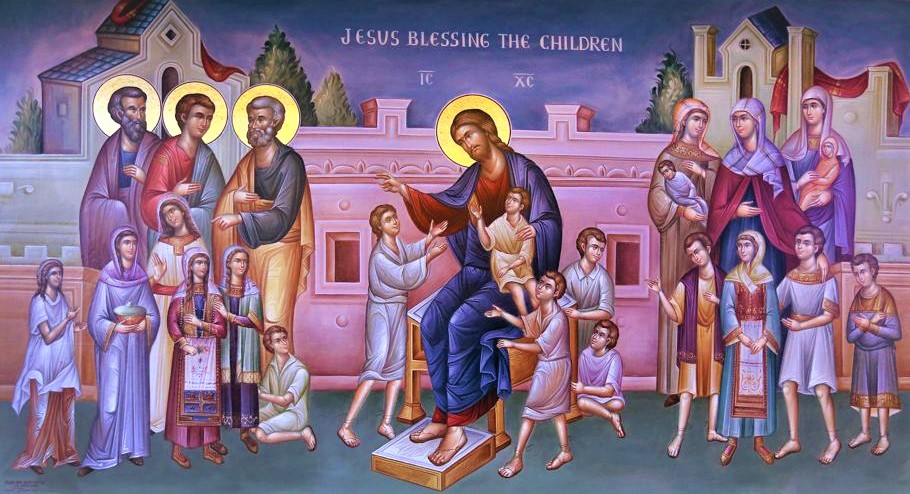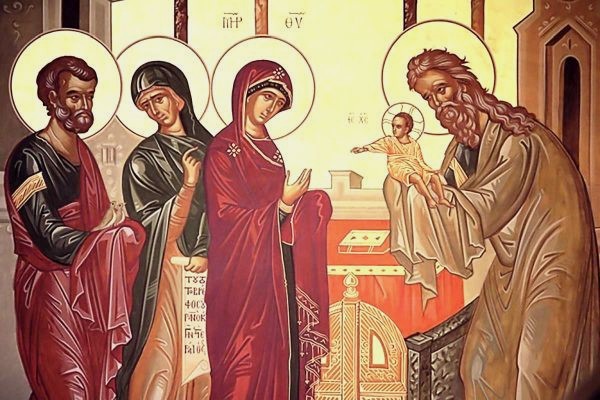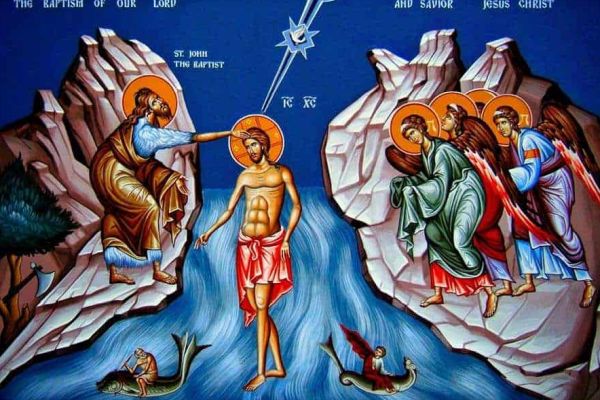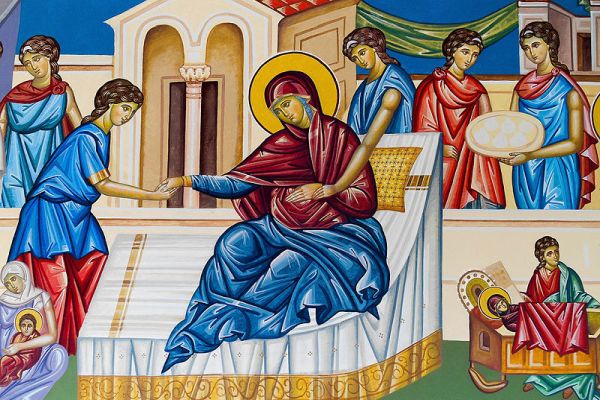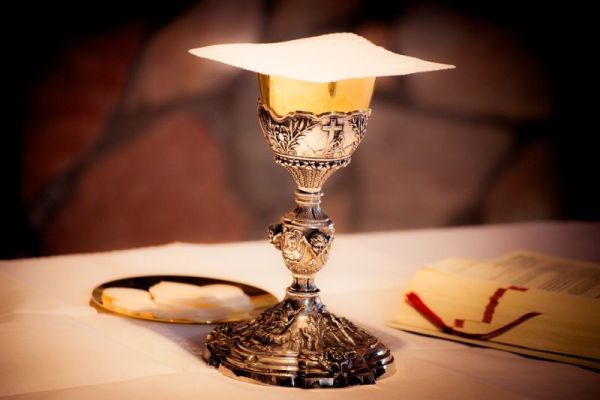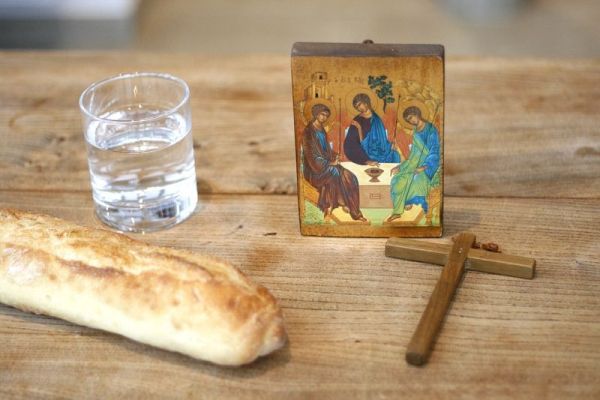10 Amazing Facts About
Christian Icons!
1. Icons are a unique way to visually teach doctrine, faith and spiritual practices. They have been used since the early days of the Church and continue to be used as the “visual Bible.”
2. Icons direct our hearts towards missions. We are shown examples of men and women who suffered and were martyred for the truth of the Gospel. Having them before us is a continual challenge to follow their example.
3. Icons are said to be written and not painted. They are the visual Gospel and show us theological lessons and examples of our faith.
4. Icons are like a window that inspires us to think about God and His incredible glory. You don’t see a window itself, but rather you look through it. Just as we read the Bible and see through the paper and ink to God and His glory through the written accounts, so icons point us towards God by looking through the lives of those who have gone before us (just like what we read in Hebrews 11).
5. Icons look strangely flat and disproportionate on purpose. The reason why they are not done as fine art realism is because their purpose is to draw our attention to God and teach us a truth about Him, not elevate how wonderful the artist is.
6. Icons play an important role in our worship of God. He has created us to use all our senses in worship: we hear God’s Word when it is spoken and sung; we see God’s Word in the stained glass and icons; we smell the bees wax candles that remind us of Christ being the light of the world; we touch and taste the Eucharist that reminds us of all that Christ has done for us and His second coming. All these things compel us to love Him more and to go out to proclaim the Good news of Christ to a lost and dying world!
7. Icons teach us our Christian history and heritage. Just as we are excited to discover our family history, it is equally exciting to discover the lives of the church fathers and others who fought for truth, kept the faith and proclaimed it in the face of heresies, even unto martyrdom. They challenge us to stand for the truth of the Gospel unto death.
8. Icons point us to Christ, remind us of the Holy Trinity and speak of God’s mercy. They draw our attention away from ourselves and away from the world, fixing our heart, mind and love on God. We often experience the state of “out of sight, out of mind.” By seeing these reminders of God’s mercy in front of our eyes, we are continually reminded of God himself.
9. Icons speak of deep theology and defend the truth against heresies. The Icons of The Theotokos (Mary, the God Bearer) and Pantocrator (Christ, the Almighty) specifically speak to and defend the creeds of the Church, the doctrine of the incarnation, the reality that Christ is fully God and fully man, and the command to be watching and waiting for the second coming. They tell us that all focus is to be on Christ because He is the almighty judge over all things (see John 1).
10. Icons teach us of God’s love and compassion towards us. Through them, we are reminded over and over again of Christ’s life, death, burial, resurrection and His second coming (see John 3:16-17).
